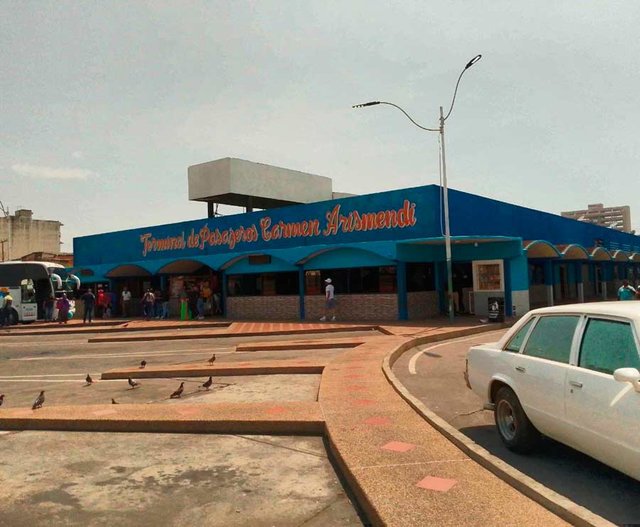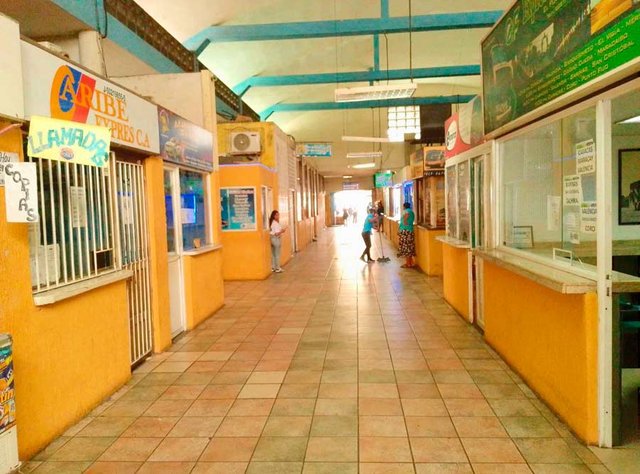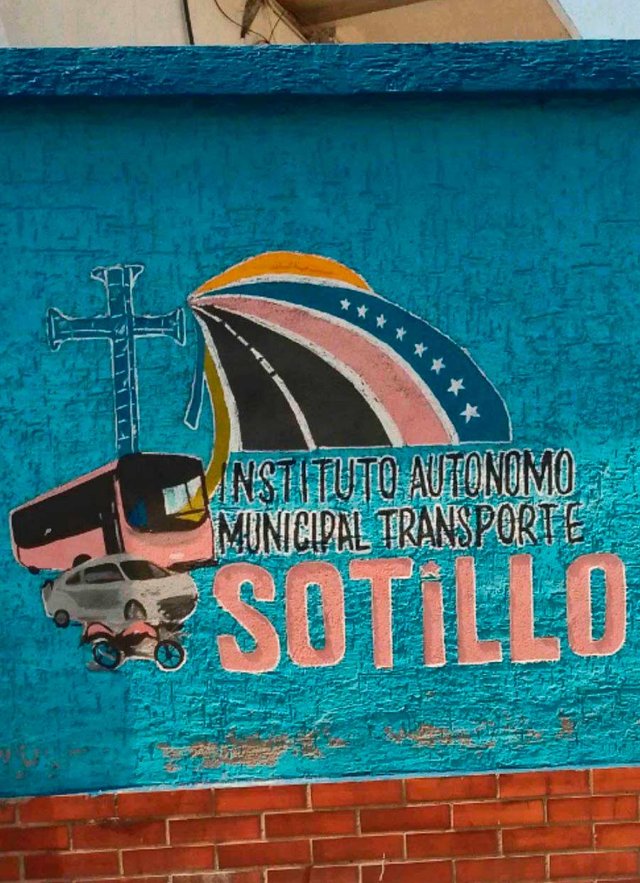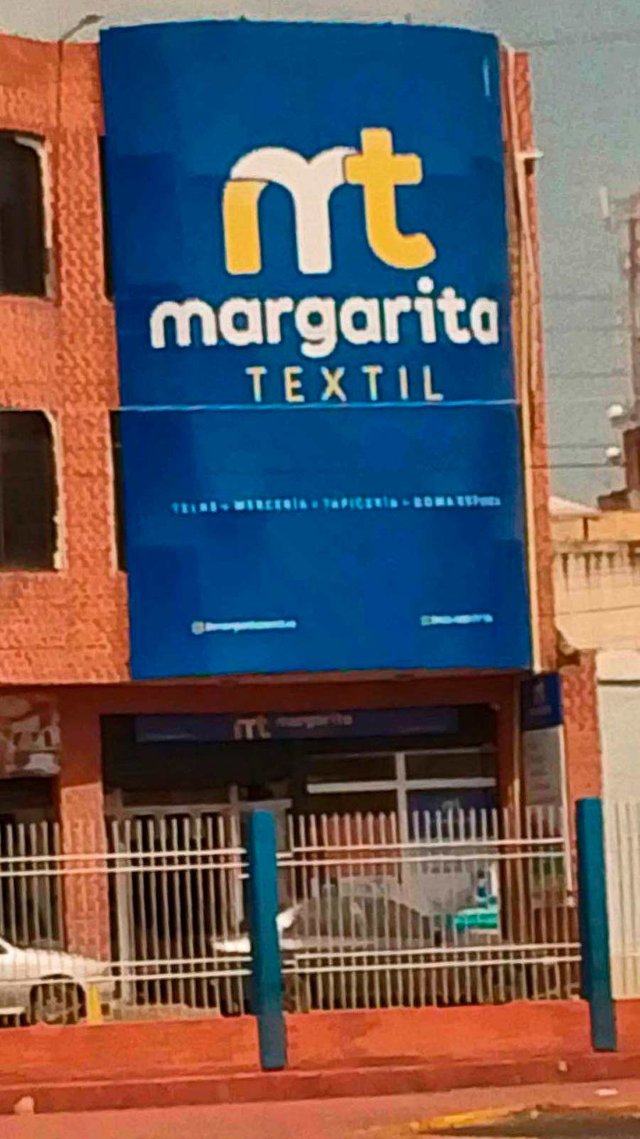European and Arab migration to South America - 50% rewards for Uganda
During World War II, a massive migration of Europeans and Arabs to the three Americas took place. Large numbers of Spanish, Portuguese, German, Italian, Dutch, English, Syrian, and Lebanese citizens arrived in northern and South America, specifically in the cities bordering the Caribbean Sea. They traveled by land and sea, fleeing the war. Instead of enlisting in the army to defend their people, they preferred to flee in search of a better life.

A popular market operated in this land transport terminal.
Many foreigners settled in northeastern Venezuela. At that time, the provincial cities of this South American country were small towns far from the hardships experienced in larger cities. However, these towns represented a strategic future for these emigrants who had already experienced moments of glory and moments of hunger.

As the city grew, the market was moved to another area and various transport companies set up shop in its place. Many emigrants fleeing the war in Europe arrived here.
Many foreigners worked as laborers on road expansion and other urban projects. They collected money and sent it to their families so they could emigrate as well. For years, they established their businesses according to family traditions. The Spanish set up import and service companies, the Portuguese opened bakeries, the Arabs opened appliance and clothing stores, and many others, like the Italians, Germans, and Dutch, found employment in shipping companies, factories, and oil companies. Other foreigners, once they had earned money, continued to migrate to southern South America.

The towns were organized and municipalities emerged with their adjacent metropolitan sectors.
In the decades following the Great War, other waves of migration took place. Civil wars and economic and social problems arose in some European, Asian, and Arab countries. Provincial towns in Venezuela and Colombia were experiencing the economic boom brought on by the beginning of oil exports. As a result, many coastal towns grew and modernized, and foreigners took advantage of the opportunity to convert their homes into buildings, buy properties, and set up businesses adapted to the times.

At the head of South America, in the Caribbean Sea lies an island called Margarita Island, in those good economic times the Caribbean island was filled with tourists from various regions of the world, local leaders dedicated themselves to creating tourist facilities, it was the pearl of the Caribbean, many people came to the Sotillo Municipality to move to the island and live unforgettable moments, unfortunately all the information told today is past history because everything has changed for the worse, many children and grandchildren of those foreigners have emigrated to other countries in search of a better life.
All photographs, images and designs that appear on my blog belong to me, they were taken with my cell phone camera, screenshots and design software, I am contributing 60% of the profits to social works (10% @wox-helpfund and 50% @elkezaksek).
Let's all go for Uganda!: https://steemit.com/world-of-xpilar/@elkezaksek/news-about-our-fundraiser-for-uganda-neuigkeiten-unserer-spendenaktion-fuer-uganda-266

A popular market operated in this land transport terminal.
Many foreigners settled in northeastern Venezuela. At that time, the provincial cities of this South American country were small towns far from the hardships experienced in larger cities. However, these towns represented a strategic future for these emigrants who had already experienced moments of glory and moments of hunger.

As the city grew, the market was moved to another area and various transport companies set up shop in its place. Many emigrants fleeing the war in Europe arrived here.
Many foreigners worked as laborers on road expansion and other urban projects. They collected money and sent it to their families so they could emigrate as well. For years, they established their businesses according to family traditions. The Spanish set up import and service companies, the Portuguese opened bakeries, the Arabs opened appliance and clothing stores, and many others, like the Italians, Germans, and Dutch, found employment in shipping companies, factories, and oil companies. Other foreigners, once they had earned money, continued to migrate to southern South America.

The towns were organized and municipalities emerged with their adjacent metropolitan sectors.
In the decades following the Great War, other waves of migration took place. Civil wars and economic and social problems arose in some European, Asian, and Arab countries. Provincial towns in Venezuela and Colombia were experiencing the economic boom brought on by the beginning of oil exports. As a result, many coastal towns grew and modernized, and foreigners took advantage of the opportunity to convert their homes into buildings, buy properties, and set up businesses adapted to the times.

At the head of South America, in the Caribbean Sea lies an island called Margarita Island, in those good economic times the Caribbean island was filled with tourists from various regions of the world, local leaders dedicated themselves to creating tourist facilities, it was the pearl of the Caribbean, many people came to the Sotillo Municipality to move to the island and live unforgettable moments, unfortunately all the information told today is past history because everything has changed for the worse, many children and grandchildren of those foreigners have emigrated to other countries in search of a better life.
Upvoted! Thank you for supporting witness @jswit.
Thanks again!